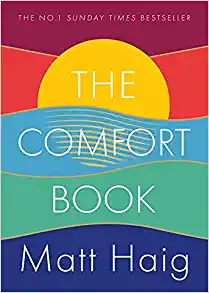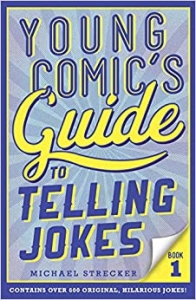It’s OK to Post a Blog With a Chip in It
“This book is as messy as life,” writes Matt Haig in the intro to The Comfort Book . The book has short chapters and longer ones. It has lists and quotes and case studies and even an occasional recipe. It has moments of inspiration taken from movies, quantum physics, and ancient religions, Haig says. You can start at the beginning and end at the end, or the reverse, he says, or you can just dip into it.
Reminds me of my own Say it For You blog, where my “reading around”, taking ideas from magazines and movies, joke books and cookbooks, articles about pop culture and philosophy, has inspired close to two thousand different posts. Keeping up with a blog over the long haul is messy, I agree.
Without a doubt, conveying business owners’ passion for what they know how to do and for what they sell is the big challenge for any freelance blog writer. Success in blog marketing depends on sustaining the discipline of content creation over long periods of time, keeping the spark of passion going all the while.
One of Matt Haig’s many deceptively simple, yet very deep, statements is that it’s OK to serve coffee in a chipped cup. It’s OK to be broken, is the concept, to wear the scars of experience.
I think this statement is a good one for blog content writers to keep in mind when creating content introducing business owners or professional practitioners to readers. Why? Writing about past failures is more than OK – it’s important. True stories about mistakes and struggles are actually very humanizing, adding to the trust readers place in the people behind the business, the entrepreneurs and practitioners who overcame the effects of their own errors.
Ironically, I’m the one who spends a lot of verbiage on the importance of avoiding grammar and spelling errors in blog writing, to the point of being labeled a “grammar Nazi” and similar epithets. I don’t want blog errors to call attention away from the impression we’re trying to make.
Matt Haig’s remark about the chipped coffee cup, though, reminds me of something Susan Gunelius wrote in Blogging All-in-One for Dummies: “A blog is for seeming “real and human in the consumer’s eye, rather than as an untouchable entity.”
Looked at that way, I guess it’s OK to post a blog with a chip in it!






Follow us online!